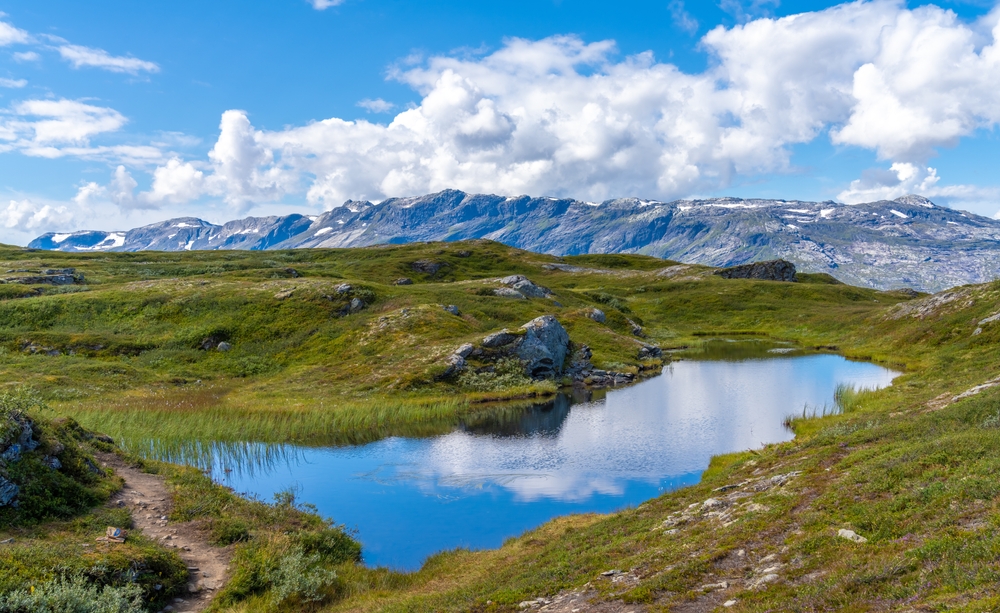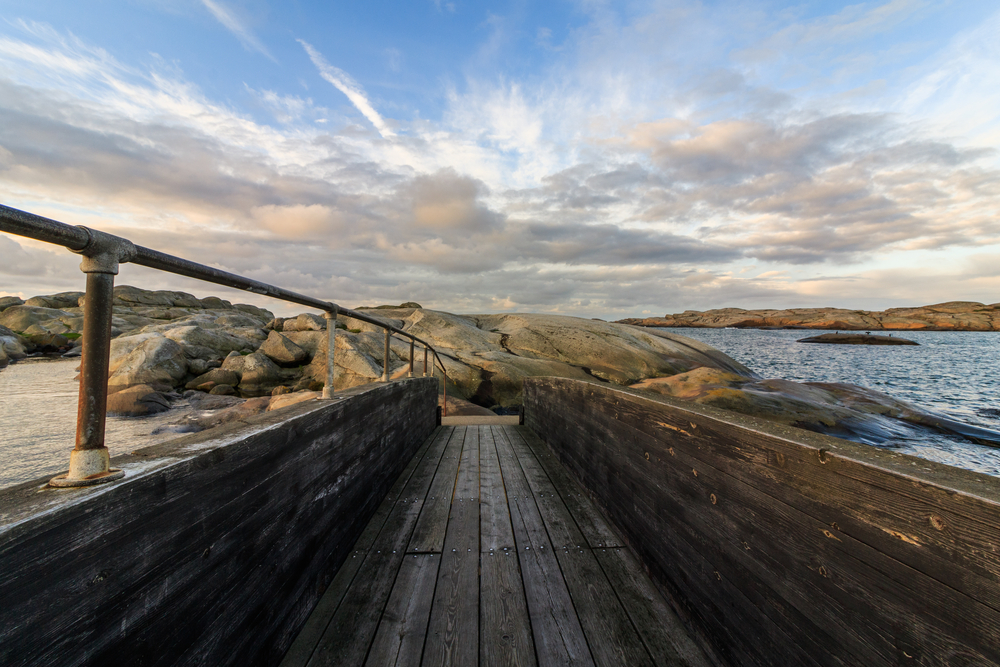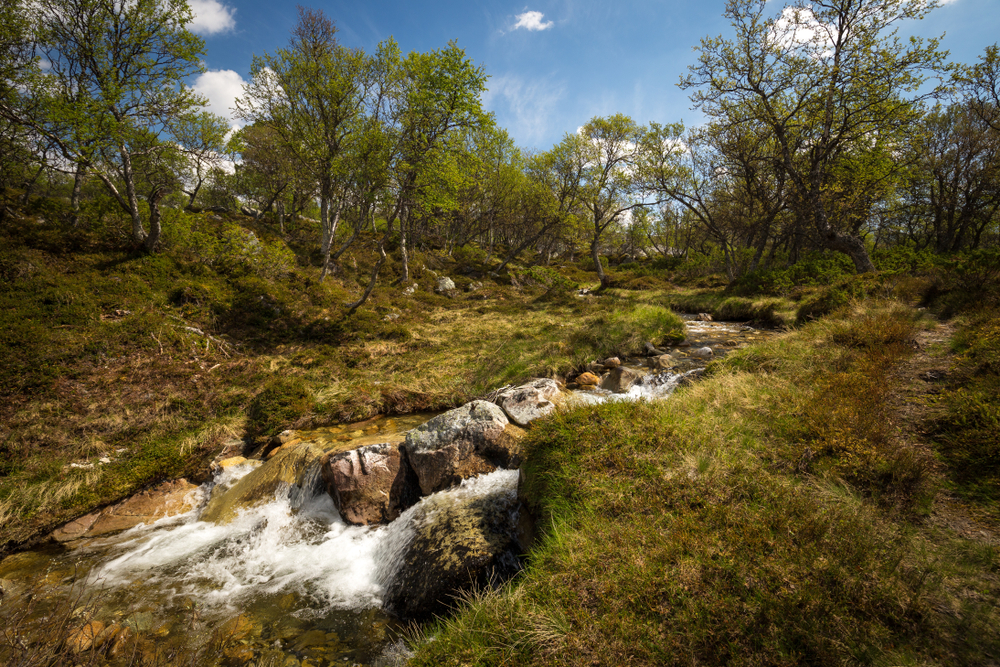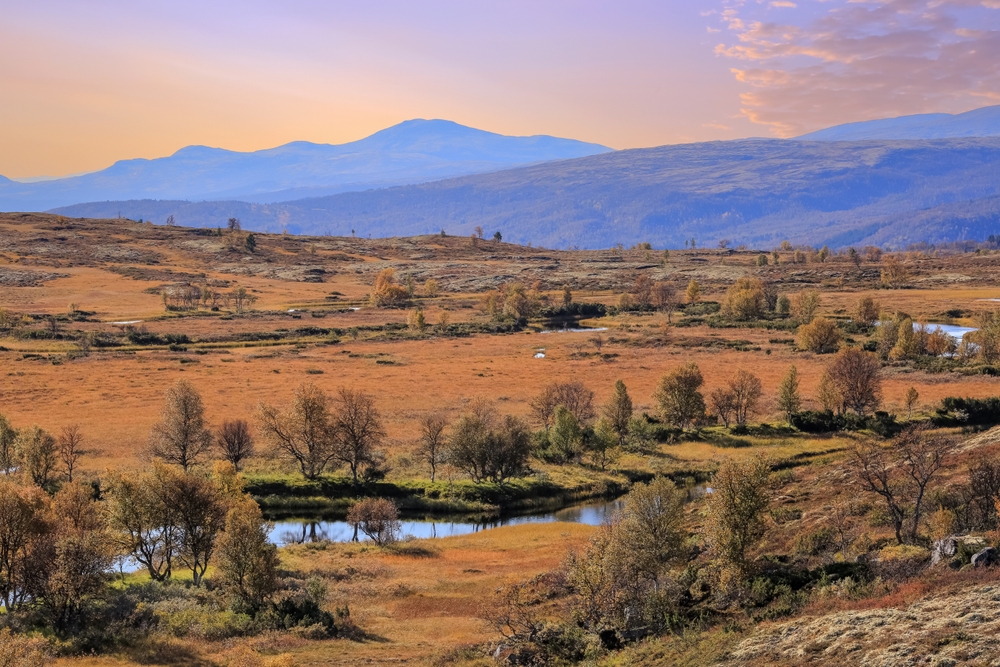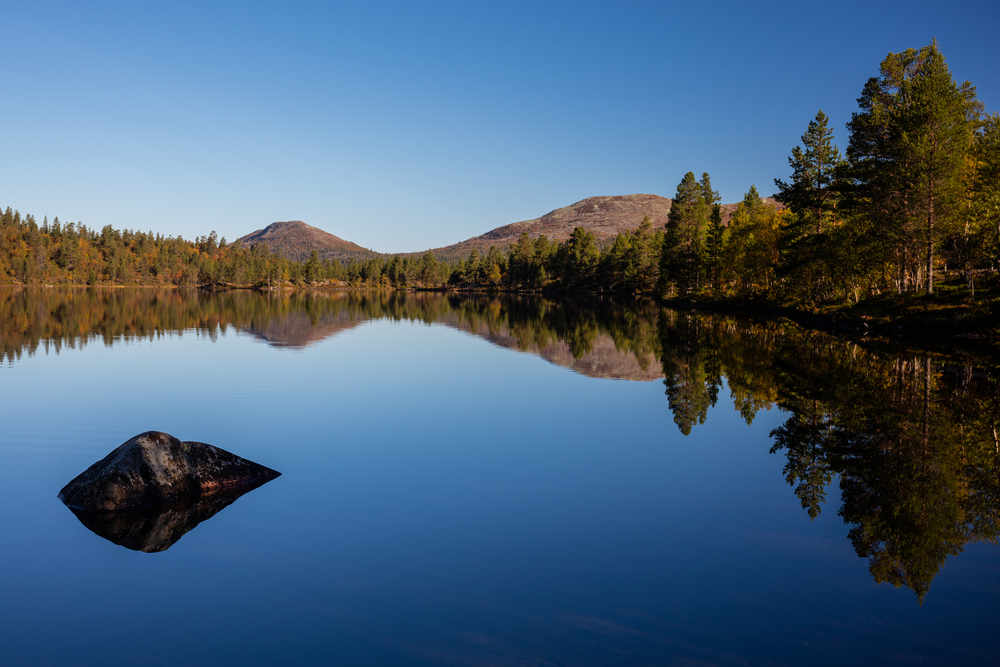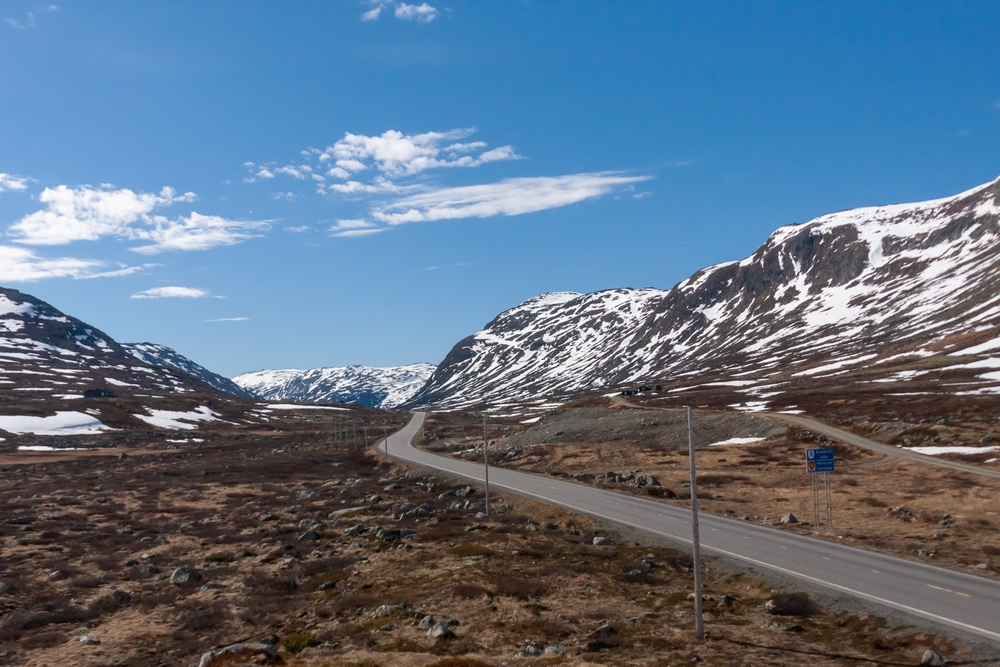Hardangervidda Overview
Hardangervidda National Park, known as Hardangervidda nasjonalpark in Norwegian, is the largest national park in Norway, covering approximately 1,321 square miles (3,422 square kilometers).
Located in the southern part of the country, the park spans across the counties of Vestland, Viken, and Telemark. It is part of the Hardangervidda plateau, a vast, high-altitude region that is one of the largest eroded peneplains in Europe. The landscape is dominated by rolling tundra, wide-open plateaus, and rugged mountainous terrain, creating a wilderness that is both stark and beautiful.
Several prominent geographic features define the park, including Hårteigen, a distinctive mountain peak rising to 5,640 feet (1,720 meters), and the stunning Vøringsfossen waterfall, one of Norway’s most famous waterfalls with a dramatic 597-foot (182-meter) drop.
The terrain of Hardangervidda is characterized by glacially sculpted landscapes with numerous lakes, rivers, and wetlands, contributing to its pristine and dramatic scenery. The vegetation consists primarily of alpine tundra, with hardy, low-growing plants such as mosses, lichens, and dwarf birch dominating the landscape.
In lower areas, patches of mountain birch forest can be found, though much of the park is treeless due to its high-altitude conditions. The harsh climate, with cold temperatures and strong winds, shapes the vegetation and creates a challenging but breathtaking environment.
Hardangervidda is home to an impressive array of wildlife, with its most famous inhabitant being the wild reindeer. The park hosts one of the largest remaining wild reindeer populations in Europe, making it a key conservation area for these migratory animals.
Visitors may also encounter Arctic foxes, wolverines, and European elk (moose) in the park, though these species are more elusive. Small mammals such as mountain hares and lemmings are common in the tundra environment. Birdlife in the park is diverse, with species such as the golden eagle, rough-legged buzzard, and Eurasian dotterel thriving in the open landscapes. Many wetlands within the park provide habitat for wading birds and waterfowl, including the rare and elusive great snipe.
One of the most popular features of Hardangervidda National Park is its extensive network of hiking trails, which allows visitors to explore the wilderness on foot. The Norwegian Trekking Association (DNT) maintains numerous marked trails and mountain lodges, making it an excellent destination for both day hikes and multi-day treks.
The park is also a prime location for backcountry skiing in the winter, with its vast snow-covered plains providing ideal conditions. Anglers can enjoy fishing in the park’s many lakes and rivers, particularly for trout, while canoeing and kayaking are also possible in some areas.
Wildlife enthusiasts and photographers are drawn to Hardangervidda for its unique opportunity to observe reindeer in their natural habitat, as well as the stunning vistas and dramatic weather patterns that define the region.
Conservation efforts in Hardangervidda focus on protecting the delicate tundra ecosystem and the migratory routes of the wild reindeer. One of the challenges faced by park managers is balancing conservation with outdoor recreation, as human activity, including hiking, hunting, and tourism, can impact reindeer behavior and habitat. Climate change also poses a threat to the fragile ecosystem, affecting both vegetation and wildlife patterns.
However, conservation successes include the establishment of protected reindeer corridors and ongoing research to monitor and preserve the park’s biodiversity. Hardangervidda National Park remains a vital refuge for Norway’s natural heritage, offering a unique and wild landscape for visitors to experience while ensuring the protection of its remarkable flora and fauna.








































































